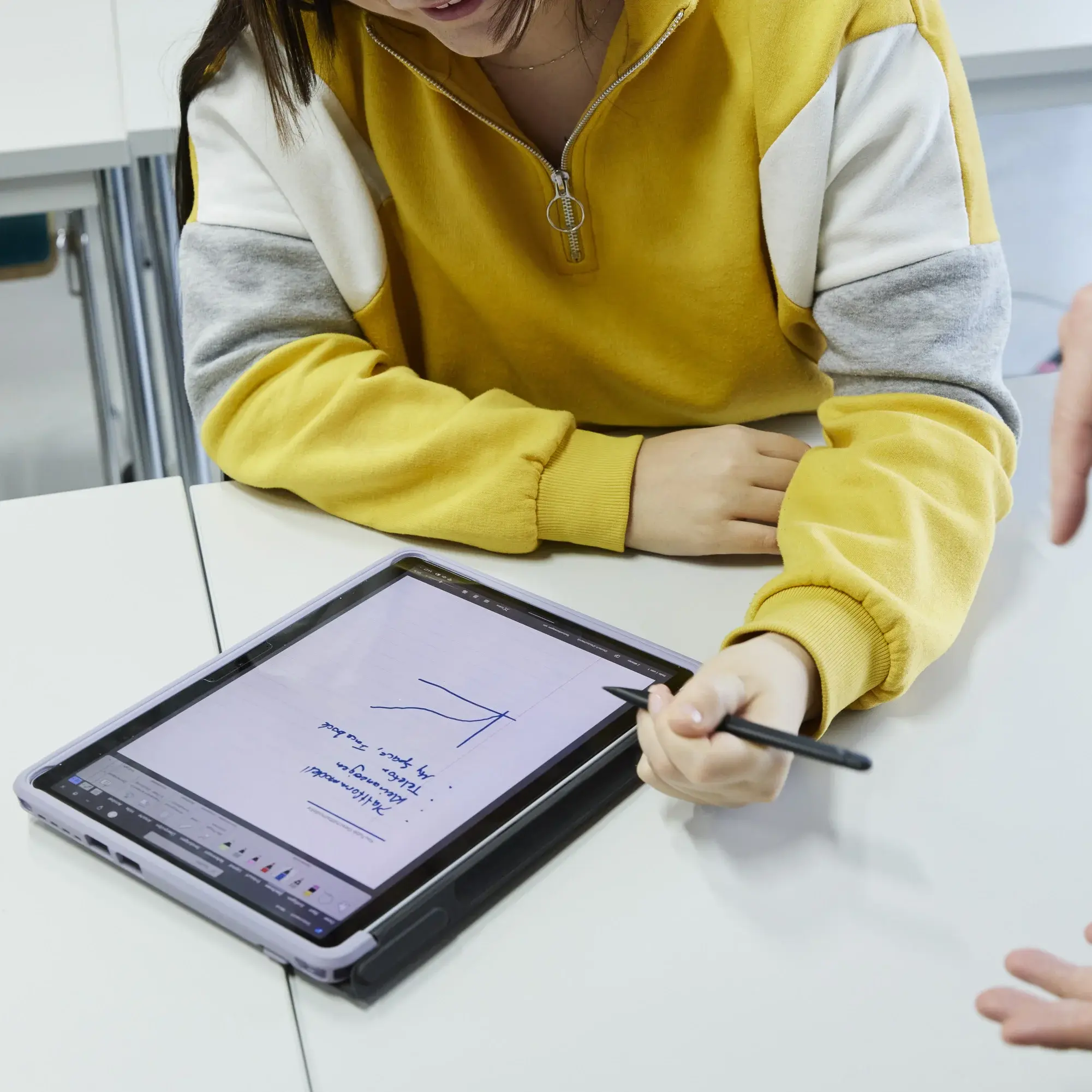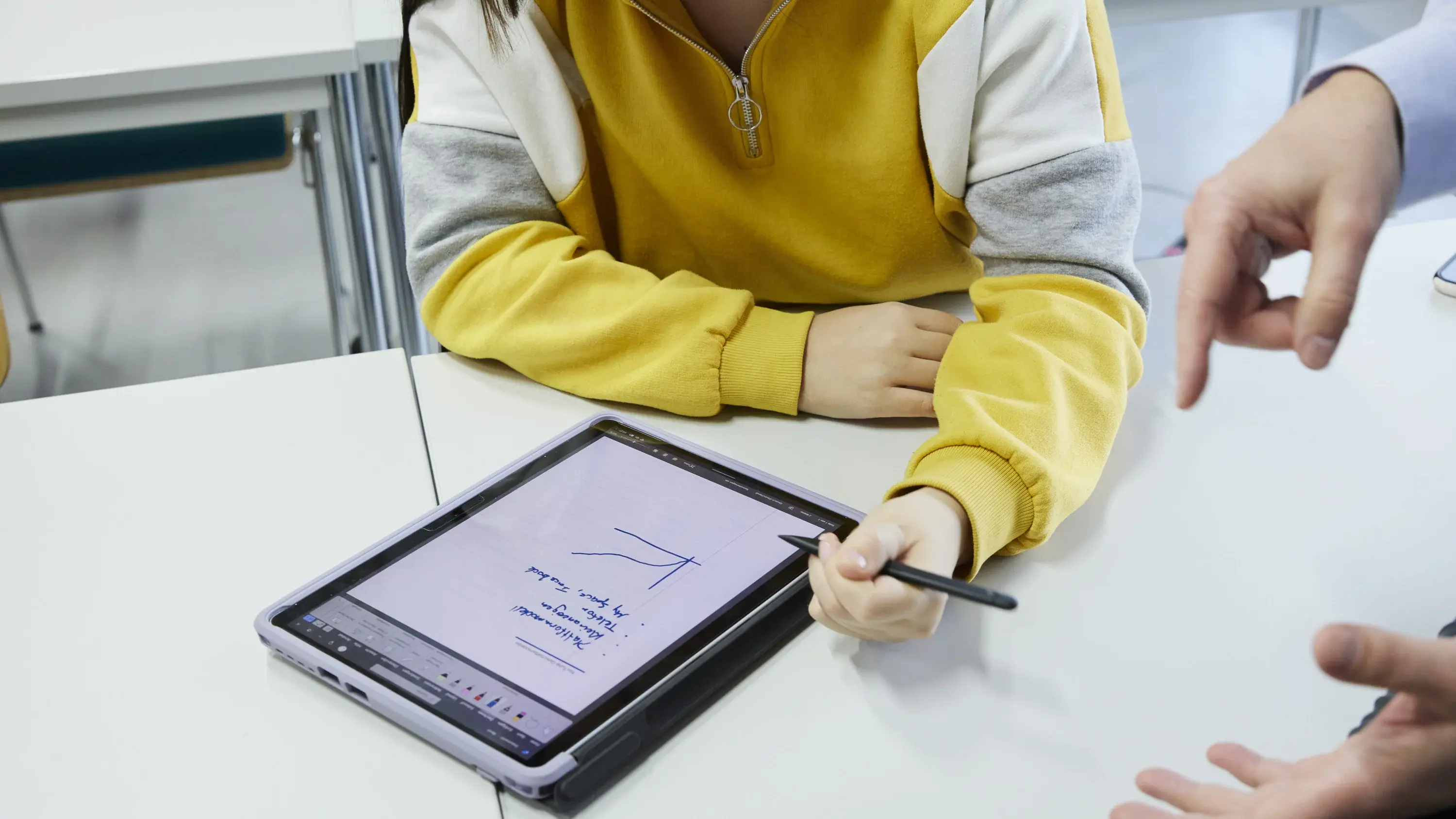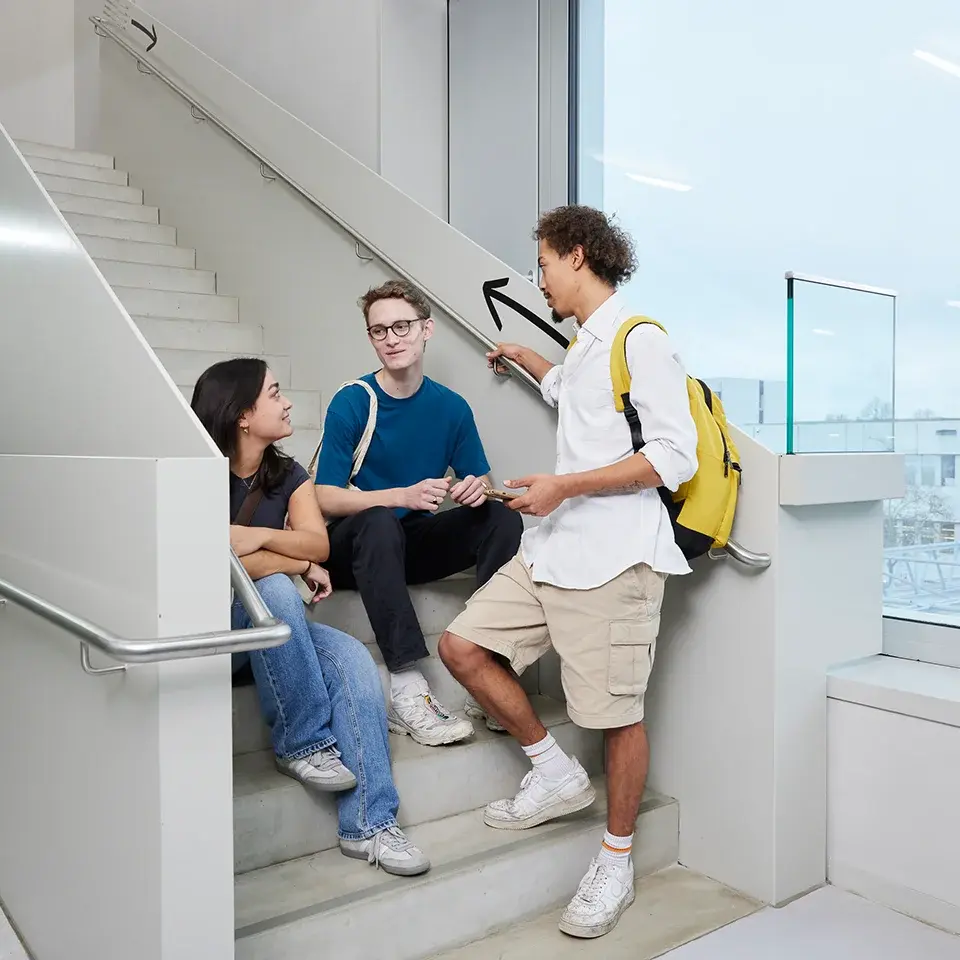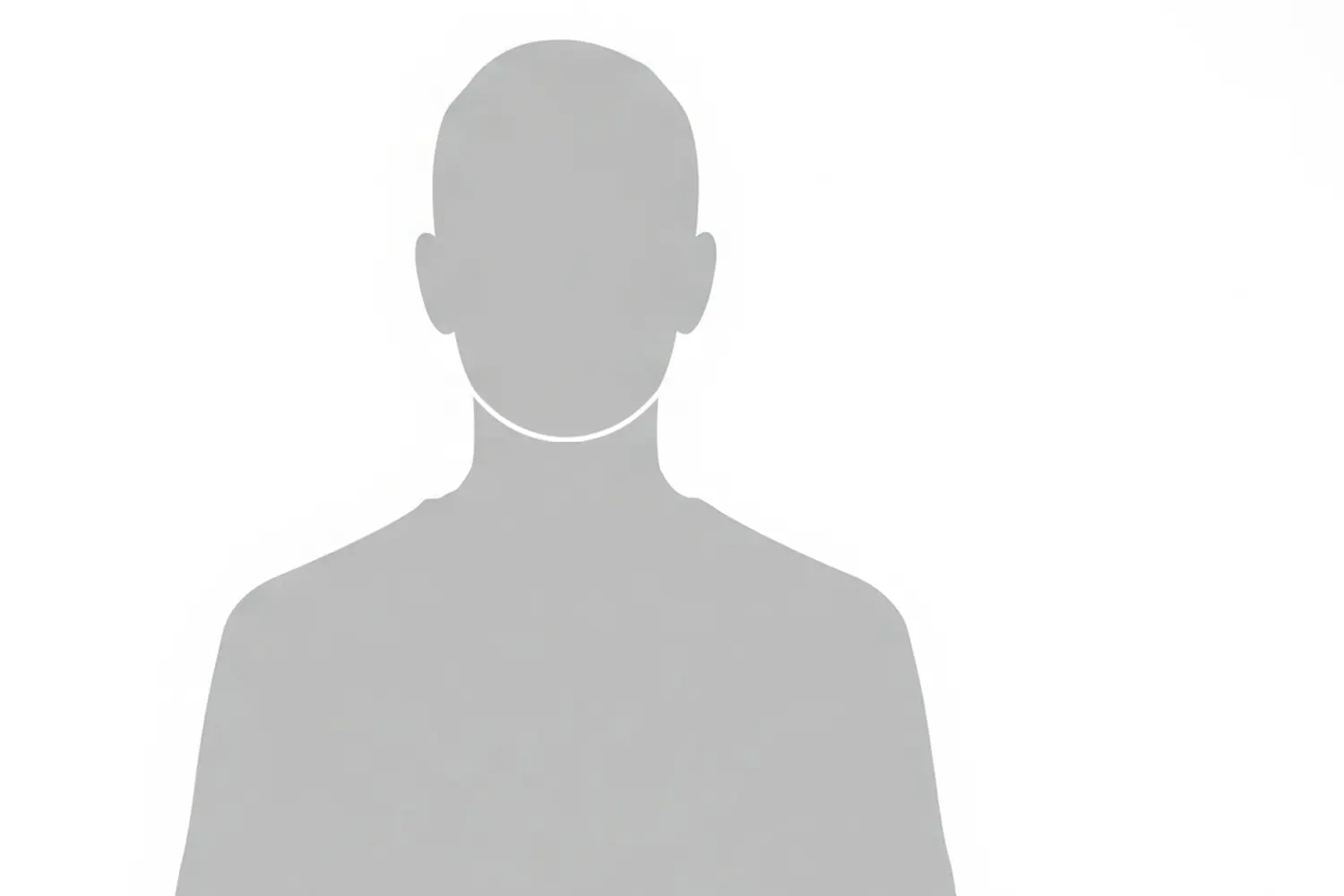


Integrated Product Design
The world becomes increasingly interconnected, globalized and digitalized. These developments pose numerous challenges and opportunities that also directly influence the way we produce and use products. The Minor Programme Integrated Product Design responds to this increasingly complex context of product development. It provides exchange students with a valuable skill set needed for developing future-proof and sustainable products and product-service systems.



Modular Learning Meets Interdisciplinary Practice
This Minor has a modular structure. This enables students with different academic backgrounds and stages of specialization to partake in the Minor. It also allows students to follow their personal interests by choosing between a studio-based and a research-based design project. Students will also select from a number of additional courses to complement the chosen project.
During the Minor, exchange students team up with HdM degree students, building a strong and versatile creative community and enhancing their learning experience on many different levels. After completing the Minor (and depending on the choice of projects and courses), students will have acquired both practical and methodical skills in the areas of design research and project work. Students will also gain further knowledge in the areas of typography and creative printing, usability engineering, and innovation management, as well as sustainable design.



About our programs
Exchange students are able to choose from a variety of English-taught Minor Programs. Each Minor is a one semester long set program. Most Minors run every semester, and normally consist of 30 ECTS credits. 1 ECTS credit normally equals approximately 30 hours of work. Please note that it is NOT possible to pick and mix courses from different Minors. In order to be admitted to one of our Minors, we expect students to have a language level of B2 or higher in English (non-native speakers need to include proof of language proficiency in their application documents).
Requirements:
In order to attend this Minor, students are required to have a CEFR level B2 in English (i.e. intermediate/upper intermediate) or higher. Students are also required to submit a design portfolio as part of the application process. The portfolio needs to be submitted as a web link (preferred) or a PDF file, and it should consist of between 3 and 9 pieces of work.



Composition of the Minor
The minor consists of three components: a specialization track, a selection of general courses, and a language course (and other elective options). Students begin by choosing a specific area of specialization that aligns with their academic interests or career goals. This is complemented by general courses designed to broaden their interdisciplinary knowledge, as well as a language course to enhance communication skills and intercultural competence.
Further information to the course content and learning outcomes
You can find further information about the modules and lectures in this minor in the course content.
Specialization
Option 1
Design Project (10 ECTS)
Advanced Visualisation Techniques (4 ECTS)
Option 2
Research Project (10 ECTS)
Scientific Seminar (4 ECTS)
Course List
1 ECTS credit point usually corresponds to approximately 30 hours of work. This consists of a mix of lectures, seminars, project work, and independent study. Our minors are designed as one-semester programs with 30 ECTS credits.
Contact


